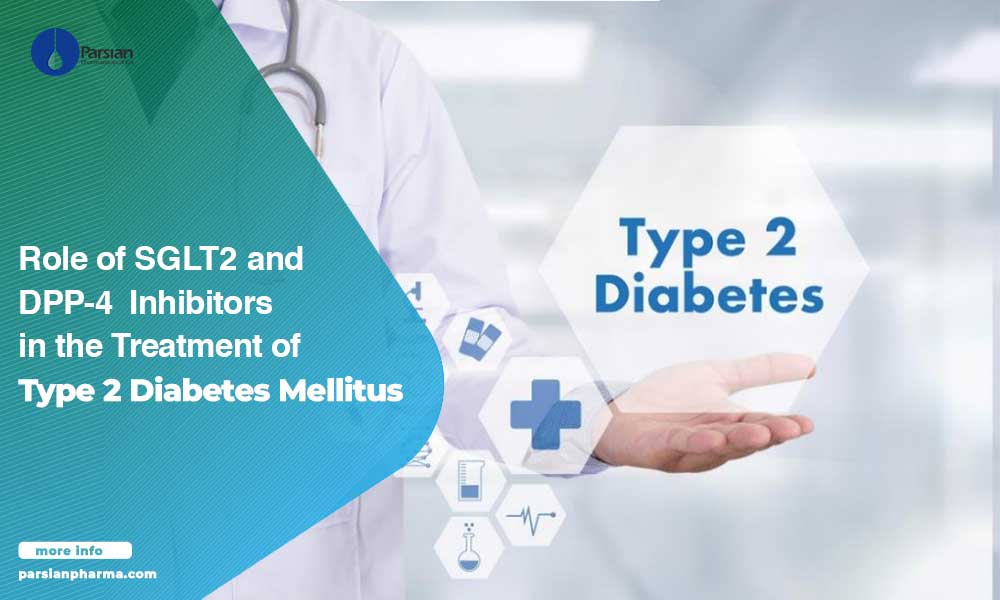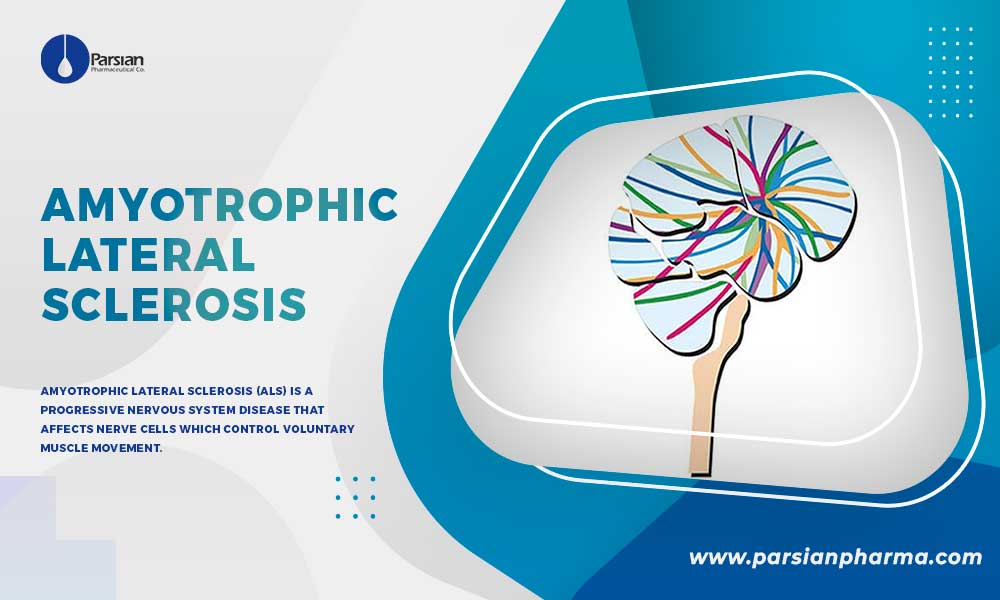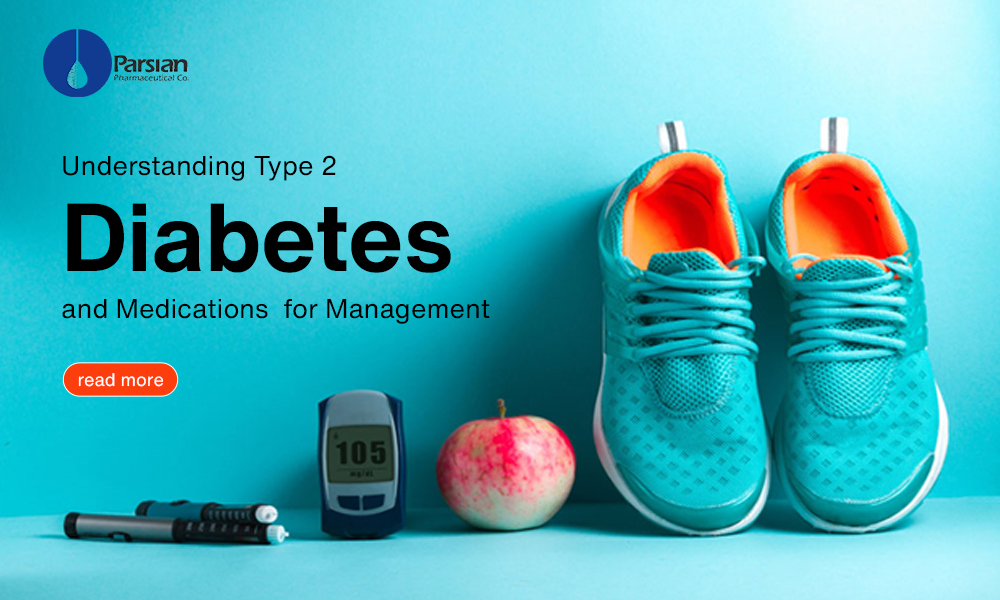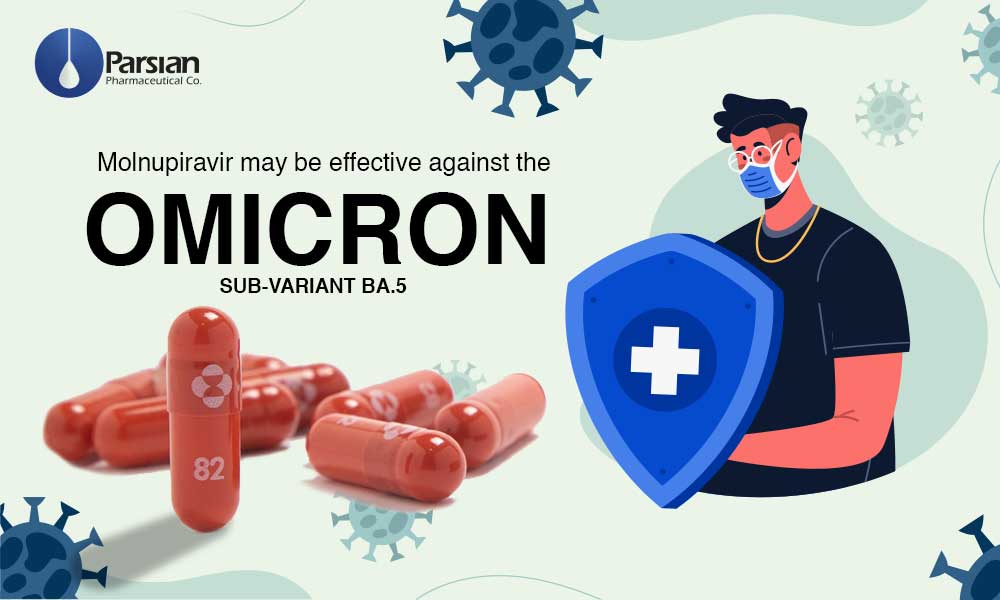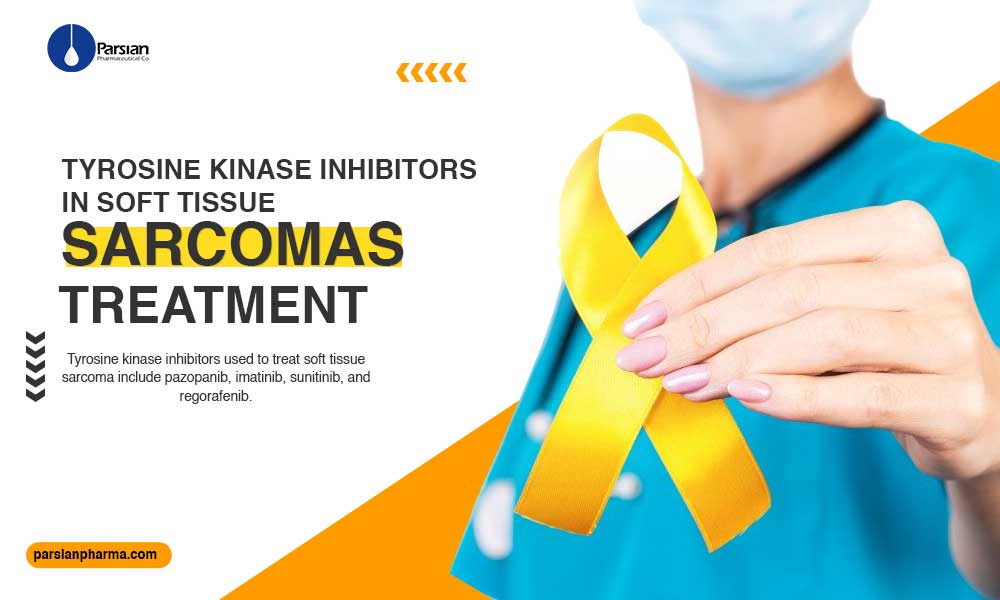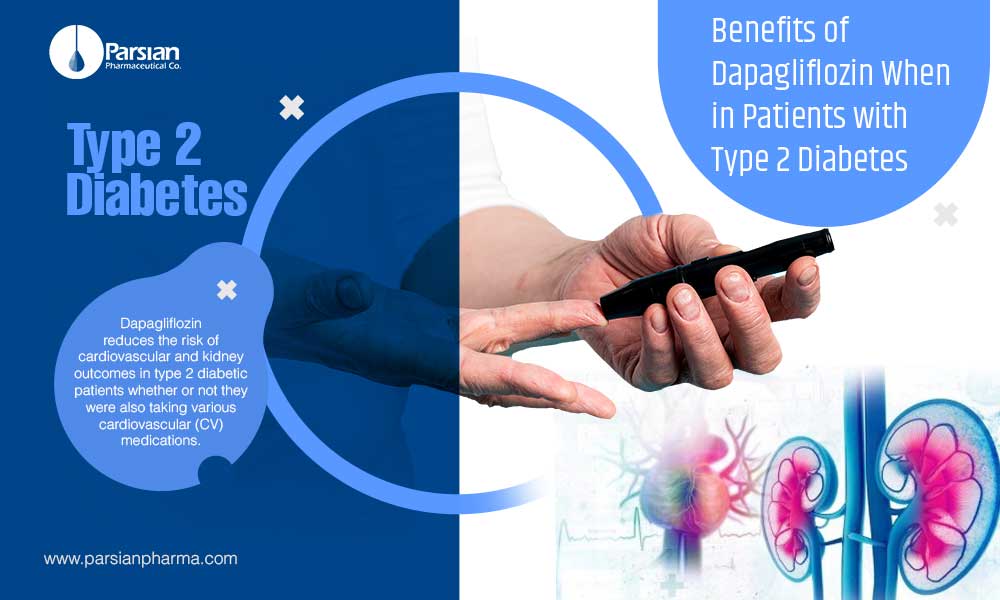Overview of Type 2 Diabetes Mellitus
Type 2 diabetes mellitus is the most common type of diabetes, in which the blood glucose, is too high. This chronic condition may lead to disorders of the circulatory, nervous and immune systems, and affects your everyday life. In type 2 diabetes there are mainly 2 associated problems; body doesn’t make enough insulin (a hormone that regulates the movement of sugar into the cells), and cells respond poorly to insulin. However type 2 diabetes is known as adult-onset diabetes, the increase in the number of children with obesity has led to more cases of this type in younger people. More than 95% of people with diabetes have type 2 diabetes, which is largely the result of physical inactivity and excess body weight.
Associated Complications
Uncontrolled type 2 diabetes can lead to chronically high blood glucose levels, which can lead to serious complications and affect many major organs, including the heart, blood vessels, nerves, eyes and kidneys. For many patients, type 2 diabetes can be properly managed. If not, it can affect virtually all of the organs and lead to serious complications, including: Heart and blood vessel disease, Nerve damage (neuropathy) in limbs, Kidney disease, Eye damage, Skin conditions, Slow healing, Hearing impairment, Sleep apnea, and Dementia.
Diabetes medications
There are several numbers of diabetes medications available, all of which work in different ways. Not all treatments are suitable for everyone. The care team can help finding a medication that’s best for each patient. DPP-4 inhibitors & SGL2 inhibitors are two class of medication for type2 diabetes, which parsian Pharmaceutical Co. is focused on producing the API of these type of medicines.
SGLT2 Inhibitors Mode of Action in Type 2 Diabetes Mellitus
The sodium glucose cotransporter 2 (SGLT2) which is responsible for more than 90% reabsorption of filtered glucose, is located in the proximal tubule of the kidney. In type 2 diabetic patients, the expression of SGLT2 is increased and leads to increase in the capacity of the kidneys to reabsorb glucose; which make the hyperglycemia further deteriorate. SGLT2 inhibitors selectively inhibits the reabsorption of glucose in the proximal convoluted tubule, which resulting in a decreased renal threshold for glucose excretion. The increase in the renal excretion of glucose reduces levels of blood glucose and improves chronic hyperglycemia in type 2 diabetic patients. The mechanism of action of SGLT2 inhibitors is insulin-independent, which makes them have a minimal potential risk of hypoglycemia and have no risk of overstimulation or fatigue of beta cells. When they are used as a single medication, their risk of hypoglycemia is very low; and when taken in combination with insulin and/ or secretagogue medicines with known hypoglycemic adverse effects can minimize the risk of hypoglycemia by lowering the dose of insulin and/or secretagogues.
Beneficial effects of SGLT2 inhibitors:
The mechanism of SGLT2 inhibitors is focused on renal excretion of glucose and acts in an independent-insulin way. This action reduces hypoglycemia, weight gain, HbA1c levels, and liver disease adverse effects of older medicines, they can also improve hypertension.
Cardiovascular and renal benefits of SGLT2 inhibitors:
A number of clinical trials have demonstrated that SGLT2 inhibitors have impressive beneficial cardiovascular effects in both diabetic patients and non-diabetic patients who have heart failure. As a result, SGLT2 inhibitors are a new option which can be considered as a treatment for heart failure. And it is believed that renal effects of SGLT2 inhibitors are an important mechanism of action and that some of the cardiovascular benefits are secondary to this. Diabetic nephropathy (DN) is one of the most perilous side effects of diabetes mellitus. It is known that sodium/glucose cotransporter 2 inhibitors (SGLT 2i) has renal-protective effects, but the molecular mechanisms are still unknown. In many of them, chronic kidney disease (CKD) progresses over time, eventually leading to end-stage kidney disease (ESKD) and conveying a substantially increased risk of cardiovascular problems. Dapagliflozin and empagliflozin are in a class of SGLT2i medicines, useful in reducing hyperglycemia and have potential renal-protective mechanisms, which include blood pressure control, body weight loss, intra-glomerular pressure reduction, and a decrease in urinary proximal tubular injury biomarkers. Some studies have outlined the evidence that SGLT2 inhibitors may prevent the developing and delaying the worsening of CKD in people with T2D at different levels of renal risk.
DPP-4 inhibitors Mode of Action in Type 2 Diabetes Mellitus
Dipeptidyl peptidase-4 (DPP-4) inhibitors are members of a class of oral anti-hyperglycemic medicines that have been introduced as a new treatment option for mono and combination therapy of type 2 diabetes mellitus (T2DM). DPP-4 is an enzyme responsible for the rapid cleavage of the endogenous incretin hormones glucagon-like peptide (GLP-1) and glucose dependent insulin-tropic polypeptide (GIP) in vivo. Dipeptidyl peptidase-4 (DPP-4) inhibitors increase the plasma concentrations of active incretin hormones, thereby stimulating the release of insulin in a glucose-dependent manner and decreasing circulating levels of glucagon. Both GLP-1 and GIP hormones are involved in glucose homeostasis by increasing the biosynthesis of insulin and its secretion from beta cells of pancreatic in the presence of normal or elevated levels of blood glucose. In addition, the secretion of glucagon is decreased by GLP-1, which, in turn, reduces hepatic gluconeogenesis. With Prolonging the half-life of these two endogenous hormones, gluconeogenesis of the liver, and blood glucose can be reduced. DPP-4 inhibitors have been shown to reduce both postprandial and fasting glucose levels, leading to a reduction of HbA1c, with minimal risk of hypoglycemia and weight gain. DPP-4 inhibitors can improve the function of beta-cells.GLP-1 analogs also can delay gastric emptying and leading to a reduction of appetite. Some clinical studies suggest that exposure to DPP-4 inhibitors and GLP-1 analogs may increase the survival of beta-cells.
Benefits of DPP4-inhibitors:
Diabetes is associated with significant morbidity and mortality; and some patients might not achieve glycemic control despite appropriate exercise and diet. Linagliptin is a new DPP-4 inhibitor which offers another option for the treatment of inadequately controlled type-2 diabetes in patients. Linagliptin can lower HbA1c values as monotherapy or in combination with metformin, a sulfonylurea, or pioglitazone.
Type 2 diabetic patients with renal or hepatic impairment don’t need dosage adjustments with linagliptin. In addition, linagliptin has a long half-life, which results in a 24-hour DPP-4 inhibition profile.
Hypoglycemia rarely can be seen with linagliptin, and the drug has a neutral effect on weight.
Linagliptin is protective for both macro-vascular and micro-vascular complications of diabetes. Linagliptin exerts beneficial cardiovascular effects through glycemic control, as well as effects beyond glycemic control and beyond class effects. Linagliptin modulation of endothelial and immune cell responses appear to be key mechanisms for ameliorating the progression of CVD.
Linagliptin in DM patients with CKD was able to improve renal progression without significant effect on proteinuria and glucose control. Despite the availability of many modern therapies for glycemic control, many diabetic patients still progressed to severe renal damage. With regard to treating diabetic nephropathy, blockade of the DPP-4 system may offer a new therapeutic approach.
Linagliptin combination with an SGLT2 inhibitor in the treatment of Type 2 Diabetes Mellitus
The first line therapy for management of glycaemia for T2DM throughout the world is metformin; however, over time, the effectiveness of metformin monotherapy in achieving target HbA1c diminishes in a large number of patients. This lack of adequate glycemic control necessitates the use of combinations of one or more additional anti-hyperglycemia agents to achieve target HbA1c. However, interest in the need for combination therapy as an initial treatment strategy is also increasing. Recent studies indicate that DPP-4 inhibitors, including linagliptin, could potentially complement the effects of other cardiovascular protective agents such as metformin, angiotensin type 2 receptor blockers (ARB), statins, and SGLT2 inhibitors.
Recent studies have shown that combination therapy of DPP-4 and SGLT2 inhibitors, either as an initial combination or stepwise addition, can help improvement in glycemic control. In contrast to other DPP-4 inhibitors, linagliptin does not require dose adjustment in patients with renal insufficiency given that it is not excreted by the kidneys. Indeed, the evidence so far indicates that once daily single pill combination of linagliptin and the SGLT-2 inhibitor, empagliflozin, or dapagliflozin results in clinically meaningful and sustained reductions in HbA1c, fasting glucose, body weight and blood pressure. The underlying mechanisms for these beneficial effects appears to be the convergence of complementary signaling pathways and physiological effects (e.g., reduced glucotoxicity, weight loss and BP reduction for SGLT2 inhibitor and reduced glucose-dependent glucagon secretion and anti-inflammatory effects for DPP-4 inhibitor) for beneficial effects on CV health or suppression of microvascular complications .
Consequently, these three above-mentioned medicines, because of their varieties of benefits for diabetic patients, were selected as a drug of choice in the list of products for type 2 diabetes mellitus treatment of Parsian Pharmaceutical Company and introduced to the Iranian pharmaceutical market.
There is more information about each one of these mentioned medicines, in the product list of Parsian Pharmaceutical Co.
related product :
References:

